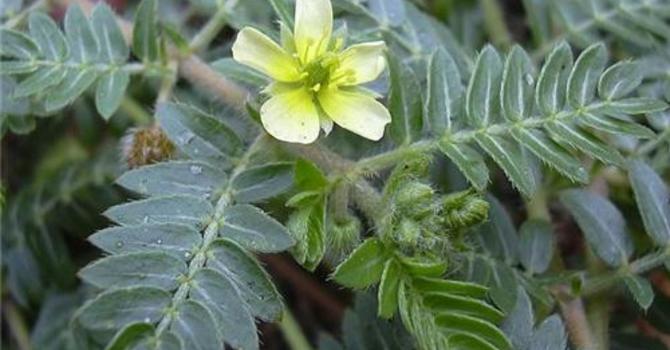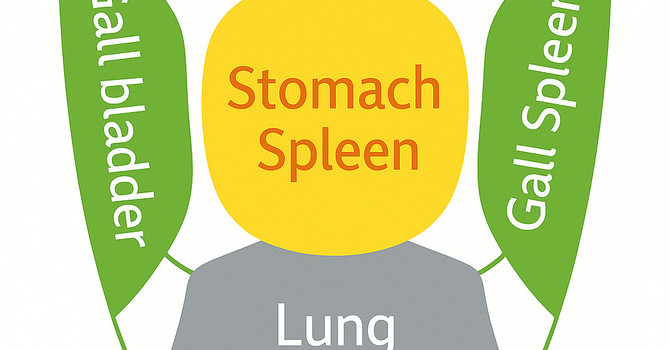Discover the Art of Acupuncture
A natural path to balance and healing.
Acupuncture is an ancient practice rooted in traditional Chinese medicine, offering a gentle and holistic approach to wellness.
By stimulating specific points on the body, acupuncture helps to restore balance, relieve pain, and promote overall health. Whether you're seeking relief from chronic pain, stress, or simply looking to enhance your well-being, acupuncture can be a soothing and effective option.
"I started going to Peninsula Acupuncture a couple of months ago for some knee pain and some pinched nerve pain in my neck/arm.
I think it has helped a lot and I also think that it has enabled me to relax and not get tense when I am working at the computer. I would recommend this to everyone!"
Dr. Ted Answers Your Questions About Acupuncture
Watch this video to help you understand what it's all about.
What is Acupuncture?
Acupuncture involves the use of very fine needles inserted into the skin at various anatomical locations (acupoints) around the body.
This usually painless procedure achieves homeostasis and restores normal physiological function to the body. In other words, acupuncture balances the body to make it work better.
Traditional Acupuncture Theory
Traditional acupuncture theory states that qi and blood flow throughout the body to bring nourishment and oxygen to all of the body’s internal organs, muscles, and related tissues. When a blockage occurs in this vital flow, disease results. The cause of this blockage may include poor diet, lack of exercise, stress, or physical trauma.
- Acupuncture seeks to restore the flow of qi by unblocking the meridians associated with the area of disease or imbalance. Click here for a Western medical perspective on
- Qi is a Chinese term for vital energy or life force and is believed to regulate a person’s spiritual, emotional, mental, and physical balance
- A Meridian is a vertically oriented pathway on the body that connects acupuncture points. There are 14 major meridians encompassing over 360 acupoints.
The Benefits Of Acupuncture – A Quick Overview
Acupuncture captures the very essence of living, the flow of energy within us. Note that this energy must be free-flowing for us to remain in a balanced, healthy state.
Life happens, and so do injuries, diseases, stress, etc, which results in a block or interruption of this energy.
Acupuncture steps in and removes this block to ensure energy continues flowing and to enable self-healing.
Does it mean acupuncture is only meant to be used for pain relief?
Not at all! Acupuncture is for everyone.
Great for the person with some type of injury that results in chronic pain but equally as great for the mum stressed out from raising three teenagers.
Not yet completely sold on the idea of getting tiny needles stuck in your skin?
Well, here's why you and just about everyone else needs acupuncture –
1. Acupuncture Is Effective for Pain Relief
Acupuncture stimulates the release of endorphins – effective pain-reducing chemicals. Ibuprofen what? Acupuncture helps your body to release its own anti-inflammatory compounds that help reduce the feeling of pain.
All these efforts combine to decrease pain significantly and improve self-healing.
As for the pain from the needles, this is best described as non-existent. Acupuncture is meant to reduce pain, not simulate it. Besides, the needles used here are very fine, tiny needles that evoke next to no pain.
The needles are inserted into acupoints by a trained acupuncturist. While you might feel a bit of sensitivity, it should be a pretty painless procedure.
2. Acupuncture Helps Relieve Stress
Everyone is stressed out. It wouldn't be a surprise to hear people say there aren't enough hours in the day for everything they have to do. Too many deadlines might just make you want to grab your hair and scream. Don't. There's a better option.
Book an appointment with an acupuncturist and go in for the procedure. It relaxes the nervous system and results in a much calmer state of mind.
3. Acupuncture Helps You Sleep
With a relaxed state of mind, you can achieve much better sleep. Every year, 1 in 4 four Americans develop insomnia and the causes vary, from stress, illness, to medications and lots more [1].
Regardless of the cause, it’s a big problem. Treatment options vary as well. Medications such as benzodiazepines, antidepressants, and other phytotherapeutic medications are commonly used.
A simpler, safer option is to go for acupuncture. Research has shown it’s an attractive alternative method of treating insomnia. [2]. Well worth it if you ask us.
4. Acupuncture Boosts Your Energy
It's all in the Qi, vital energy that ensures you're in a good place – physically and mentally. Unfortunately, most people live lives where they burn more energy than they regain. The reasons are numerous but they all boil down to high stress and not getting enough sleep.
Leave it to acupuncture to enhance your Qi and increase your energy levels. It also sustainably does this, so it's easy to sustain it in the long run.
5. Acupuncture Is Part Of Your Overall Health
Staying healthy is paramount. Everyone needs it. Especially now that there's a pandemic. A healthy immune system is invaluable here.
For an increased sense of well-being, schedule an acupuncture session today. It can prevent illness and increase your chances of recovering from a bout of sickness. Also, chronic conditions such as headaches and migraines or menstrual cramps can benefit from a few acupuncture sessions.
Ultimately, acupuncture is an all-rounder when it comes to alternative medicine. Regardless of the body site or condition, it's bound to make more than just a little difference in your health, leading to a better functioning system and overall well-being. Give acupuncture a shot today.
References
1. One in four Americans develops insomnia each year: 75 percent of those with insomnia recover. University of Pennsylvania School of Medicine. Science Daily. https://www.sciencedaily.com/releases/2018/06/180605154114.htm.
2. Effectiveness and safety of acupuncture for insomnia. NCBI. https://www.ncbi.nlm.nih.gov/pmc/articles/PMC6855569/#__ffn_sectitle.




